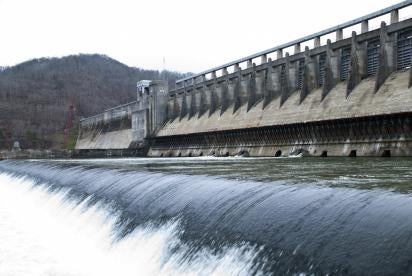In July 2020, the California State Water Resources Control Board (Water Board) issued an extensive 46 page Order that requires publicly owned treatment works (POTWs) in the state to begin sampling for PFAS in a wide variety of waste water forms. While the Order only applies to wastewater treatment plants with a capacity of one million gallons per day or more, the Order nevertheless impacts over 250 POTWs in the state. This is just the latest step that the Water Board has taken to target potential sources of PFAS in the environment (previous efforts by the state focused on airports, landfills, and manufacturing). The Order is one of the most far-reaching of its kind with respect to PFAS, mainly because it requires testing and reporting for 31 different types of PFAS – more than any state has regulated in water sources for PFAS to date. The consequences of the Order will prove to be both short term (increased costs to POTWs to come into compliance) and long term (an increase in litigation and regulatory action), and promise to significantly impact the trajectory of PFAS issues in the state of California.
Why the Focus on POTWs?
The Water Board indicated that it identified POTWs as likely significant receivers of PFAS through influent, effluent, biosolids (sewer systems) and groundwater, particularly from runoff associated with landfill leaching, firefighting foam, and manufacturing processes. The vast majority of POTWs do not currently have equipment and technology installed that can remove and treat PFAS, nor were they designed to treat PFAS. Due to both the influent and effluent nature of POTWs, the Water Board strongly believes that POTWs are contributing to downstream PFAS contamination of both water and land.
Which PFAS Does the Order Cover?
In an unprecedented move, the Water Board’s Order covers 31 different PFAS (a table of all of the PFAS covered can be found here). It also covers 11 additional PFAS that POTWs may consider for additional analysis, but they are not required to do so. The Water Board’s Order sets limits for both liquids and solids found at POTWs for each of the 31 PFAS. If testing shows levels of the PFAS in question in excess of those limits, various reporting and action steps are triggered.
Requirements of POTWs Under the Order
Beginning in October 2020, POTWs must sample and analyze influent, effluent and reverse osmosis concentrate / retentate quarterly for one year. Biosolids must be tested for PFAS quarterly by POTWs with dry weather design flows greater than 5 million gallons per day. POTWs with capacity below 5 million gallons per day need only test for PFAS in biosolids once. Further, for POTWs with groundwater monitoring and reporting programs already in place, the company must now include PFAS in the monitoring program and they must submit a comprehensive report that justifies the adequacy of the monitoring plan for the PFAS regulated by the Order. The latter is a requirement that cannot be treated lightly or put off for a future time, as the comprehensive report must be submitted 60 days before the next monitoring period begins for the POTW. The plan must be approved by the Water Board.
All sampling and testing data that POTWs gather with respect to the 31 PFAS must be uploaded to the Water Board’s GeoTracker system and will be incorporated into the Water Board’s ongoing PFAS mapping project. The PFAS mapping project is a comprehensive resource of all data available to the Water Board that already contains extensive information about the locations, levels, and types of PFAS found at thousands of locations throughout California.
Impact of the Order On POTWs
The Water Board’s Order places significant administrative, technological, and compliance burdens on POTWs in a relatively short period of time. The Water Board intends to collect PFAS data from POTWs, evaluate the POTWs’ influent and effluent PFAS impact, and then determine the extent to which POTWs are contributing to PFAS in the environment.
If PFAS are detected that exceed the Water Board’s set limits, the Water Board has the authority to order POTWs to take certain steps to reduce the level of PFAS, a move that could be quite costly for POTWs given the current cost of PFAS water remediation technology. The Water Board may also require certain POTWs to undertake remediation efforts of affected surface areas or groundwater. Failure to comply with any portion of the Order can result in civil penalties of up to $10,000 per day of noncompliance.
An unintended consequence of the PFAS limits that were set and the PFAS mapping project will certainly also be a wealth of publicly available information for attorneys representing plaintiffs or potential plaintiffs. The same mapping system can also be used by Cal/EPA as a resource to target enforcement actions against companies or landowners that Cal/EPA believes may be contributing to PFAS contamination of waterways or land. All of this will result in an increase in PFAS litigation in the state of California, as well as likely further regulatory action with respect to PFAS focused on holding certain parties responsible for the testing, treatment and remediation of PFAS.




 i
i


